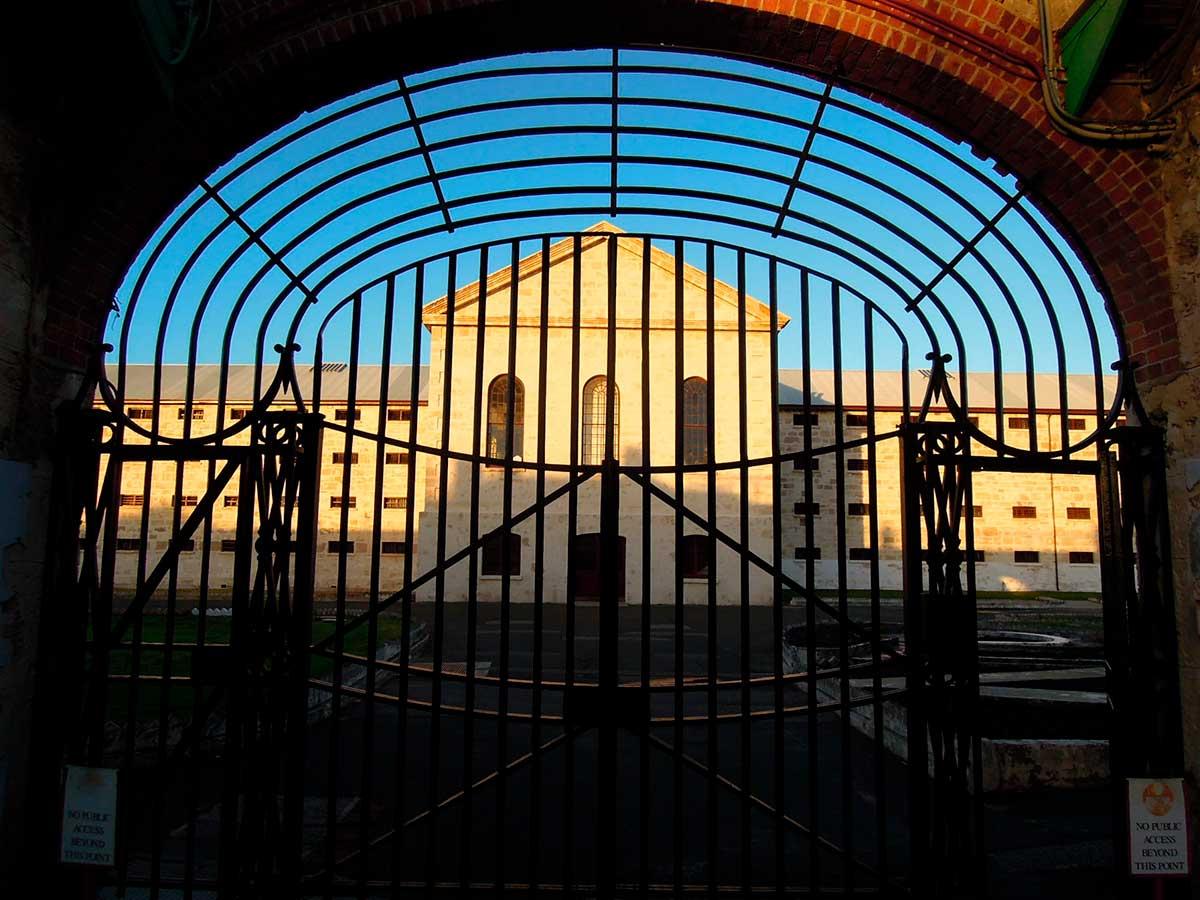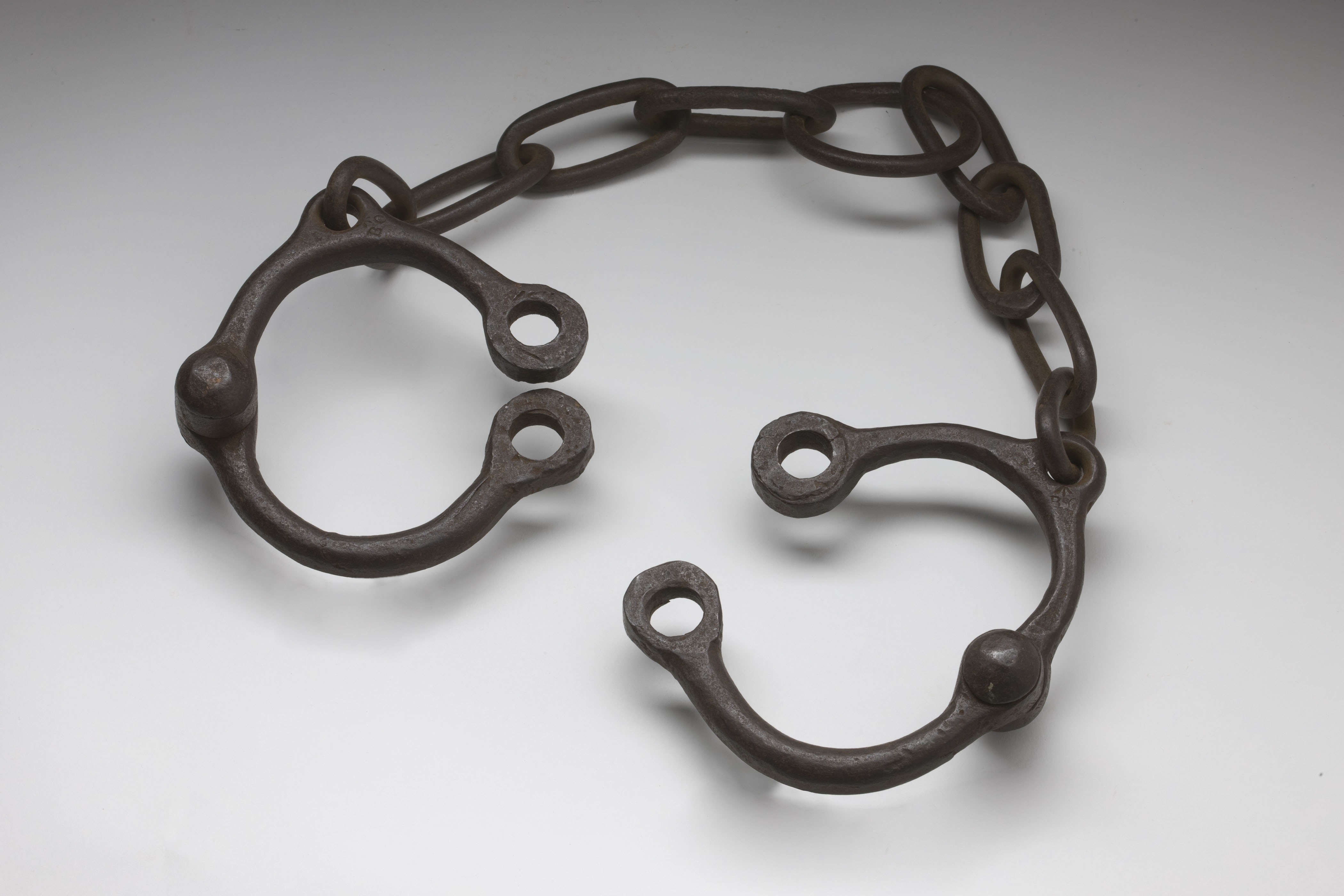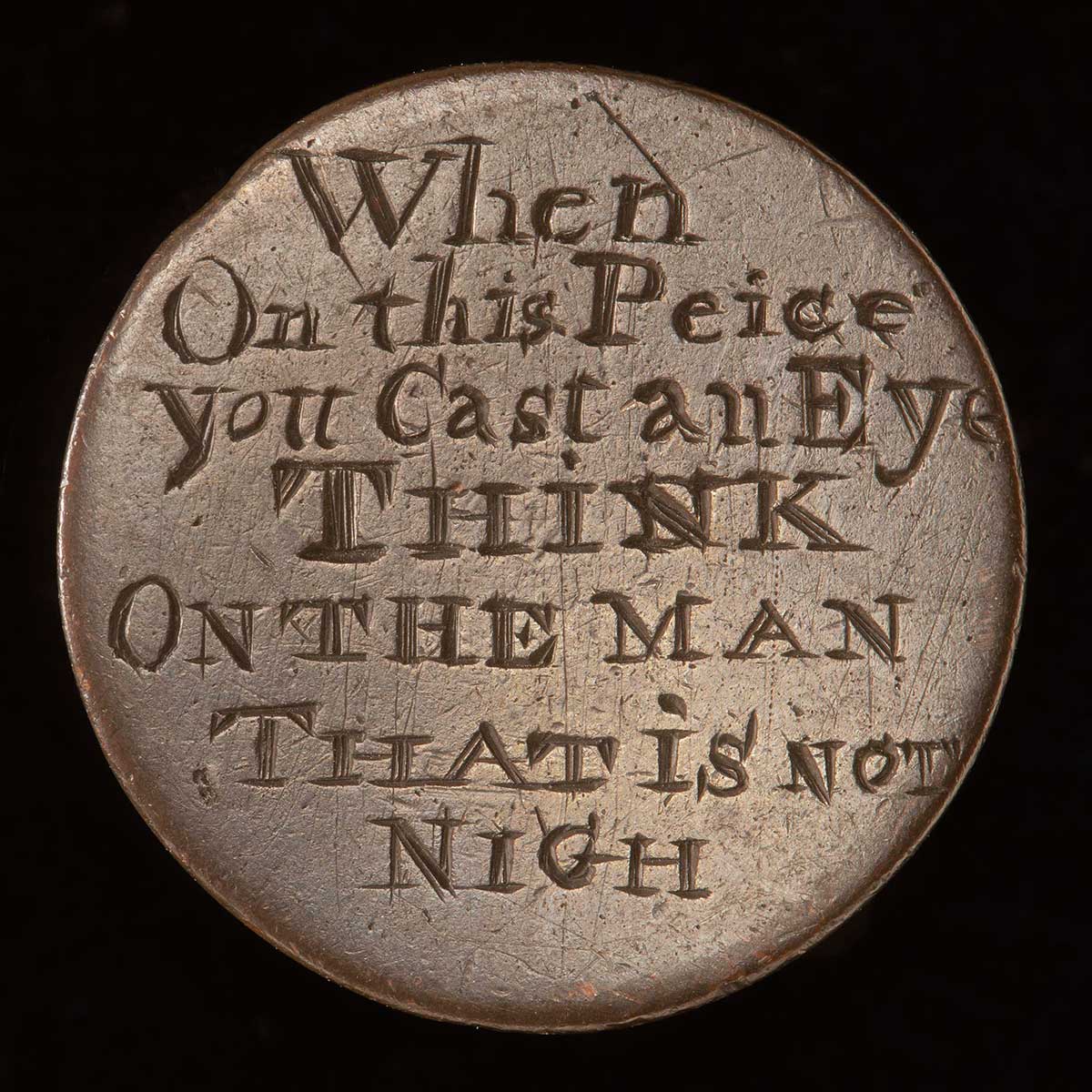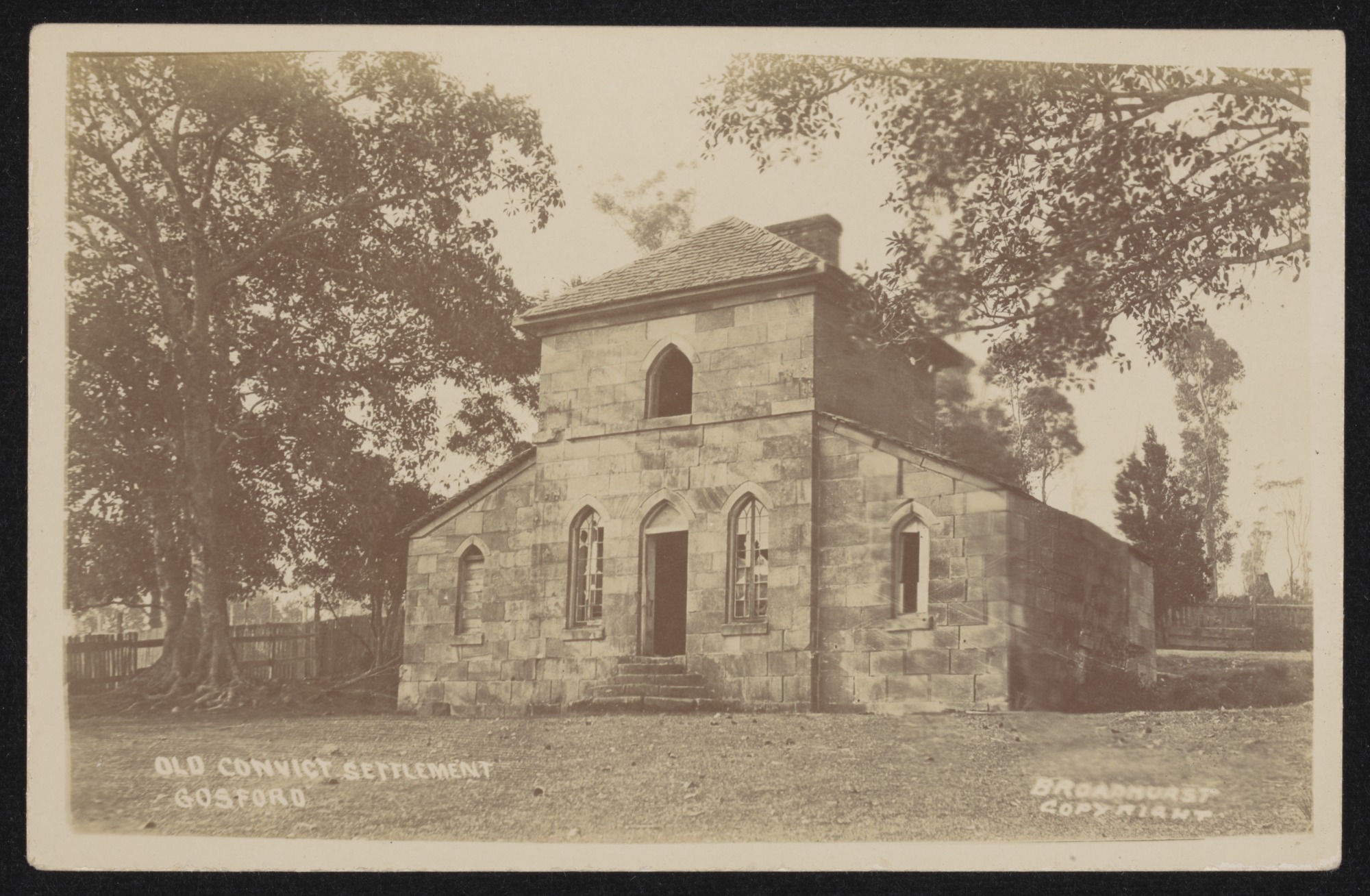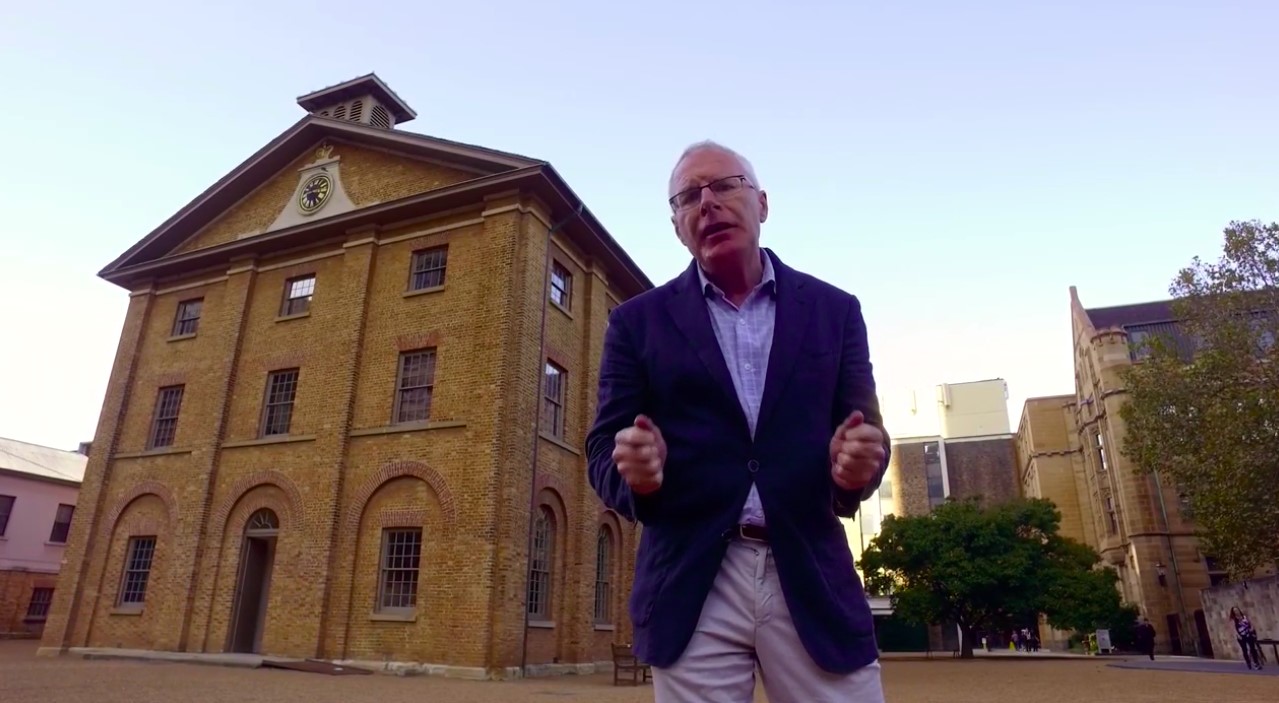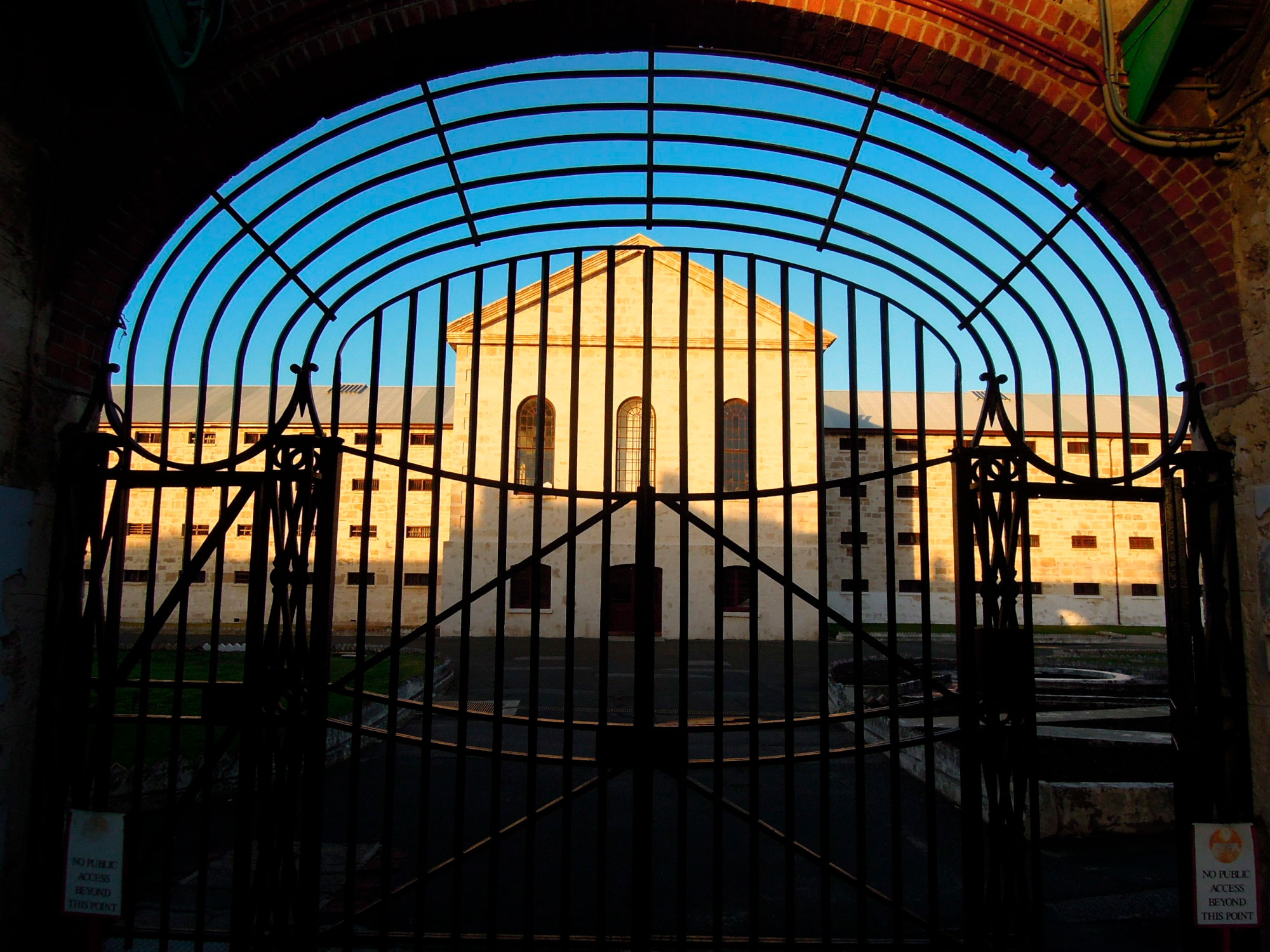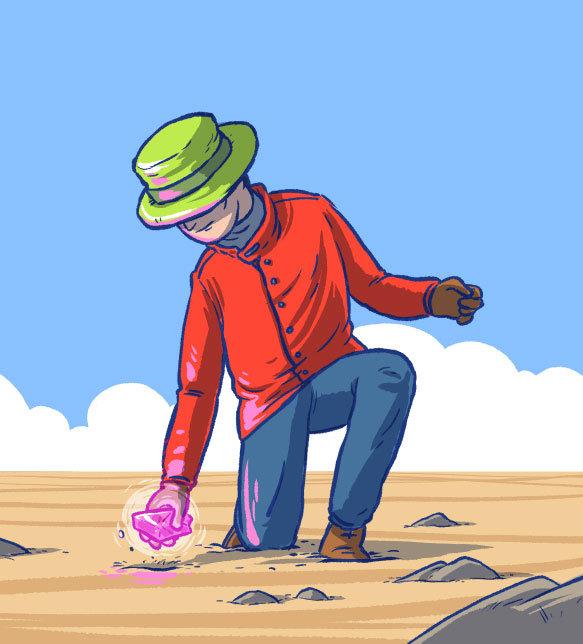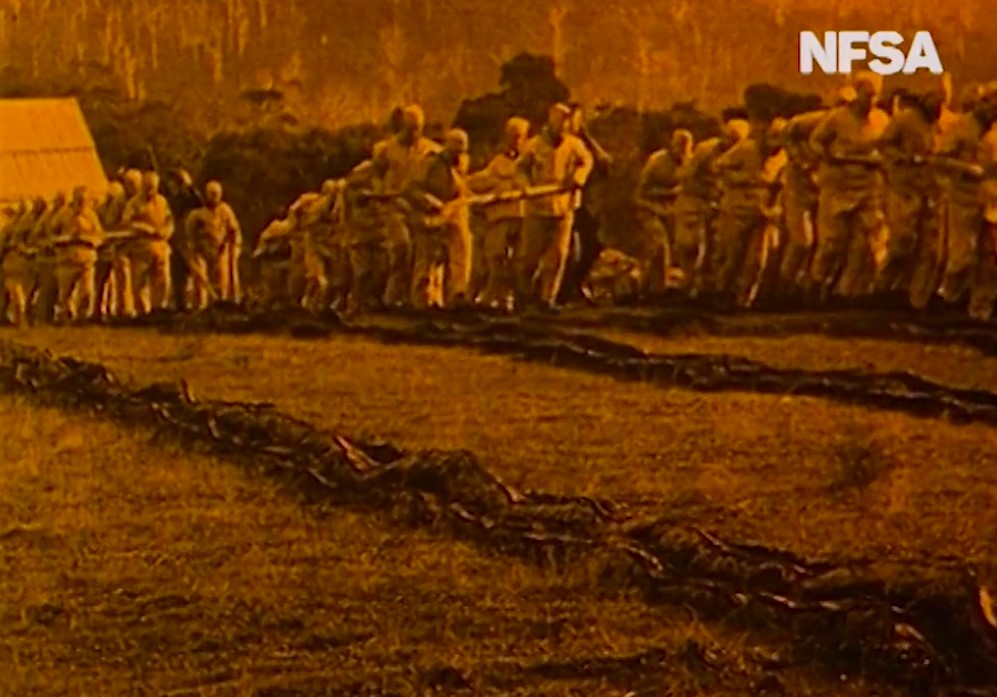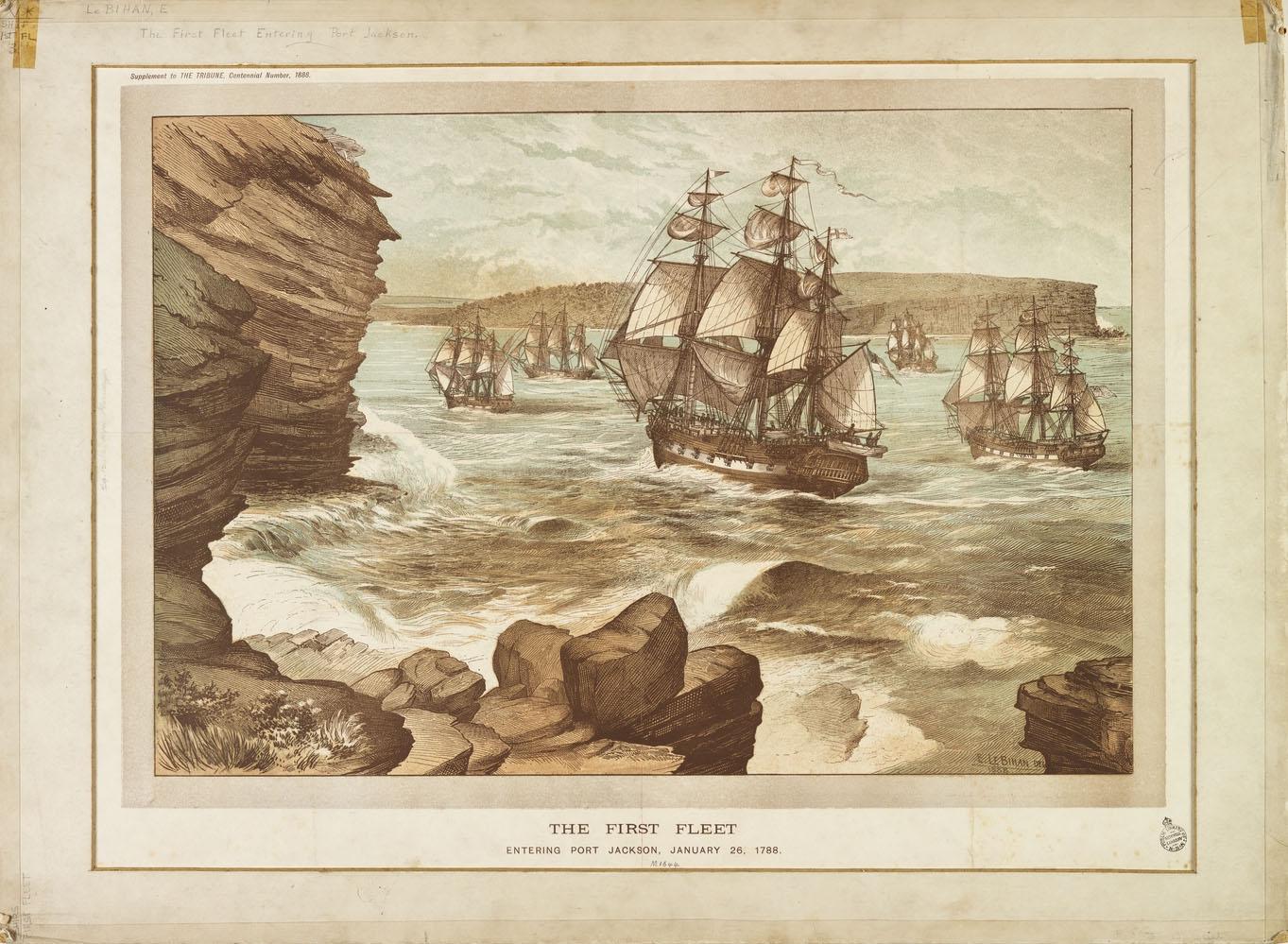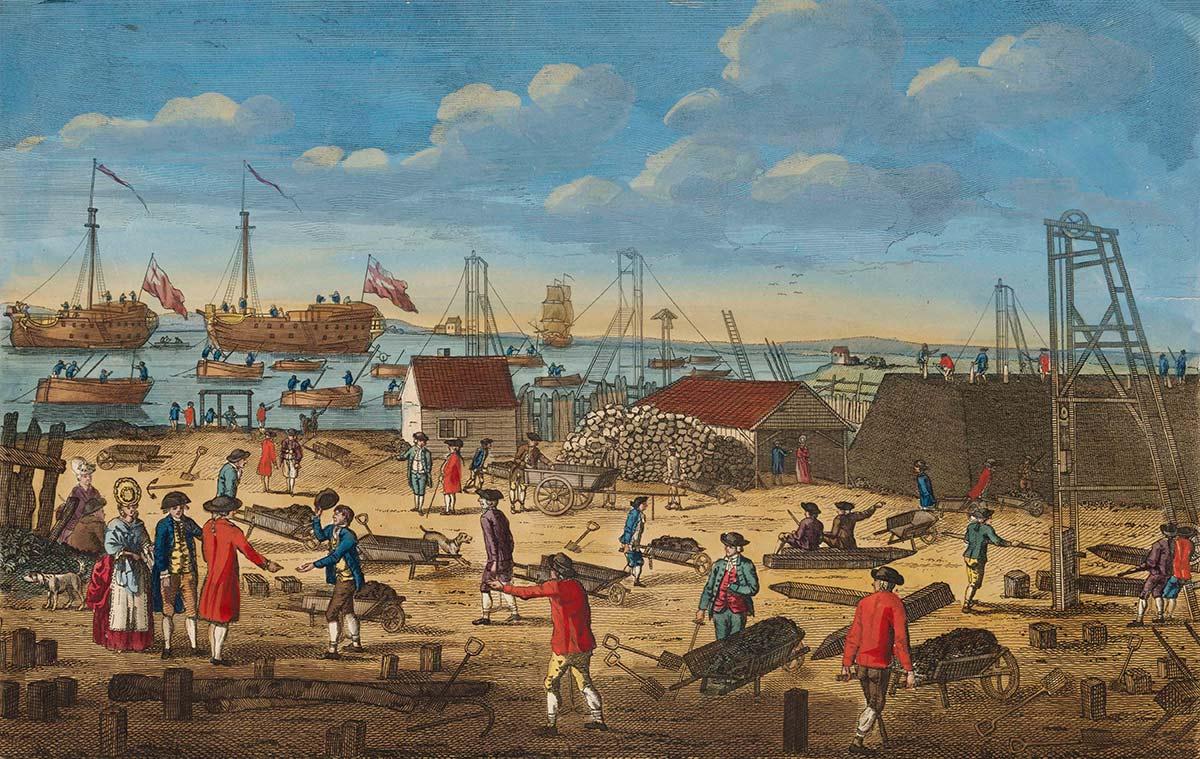The last convicts
1868: Convict transportation to Australia ends
The last convicts
1868: Convict transportation to Australia ends
In a snapshot
On 9 January 1868 the convict ship Hougoumont arrived at the port of Fremantle in Western Australia. On board were 279 convicts. They were the last convicts to be sent to Australia. The ship’s arrival marked the end of 80 years of penal transportation to Australia. Between 1788 and 1868 more than 162,000 convicts had been transported, changing Australia forever.
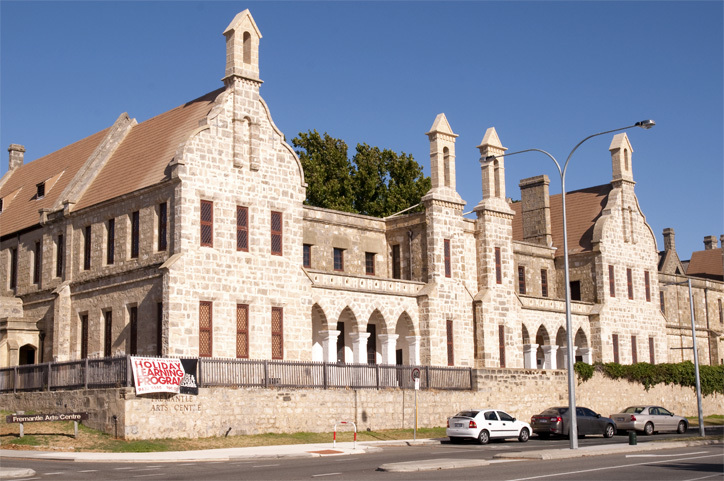
 Can you find out?
Can you find out?
1. How long was Australia ‘used by Britain as a prison’?
2. What were the main reasons people in Australia wanted transportation to end?
3. Transportation to New South Wales ended in 1840. Why did it take another 28 years for it to finally end in Australia?
When did convict transportation to Australia start?
A British penal colony was established at Sydney Cove in New South Wales in 1788. Britain used Australia as a prison for another 80 years. Convicts were sent to New South Wales (which then included Queensland and Victoria) and Van Diemen’s Land (now called Tasmania). As punishment they were forced to work for the government or for free settlers.
Later new settlements were set up at the Swan River (Western Australia) and South Australia. These were not penal colonies, and they were meant to be made up only of free settlers. But in 1850 the Swan River colony began taking convicts.
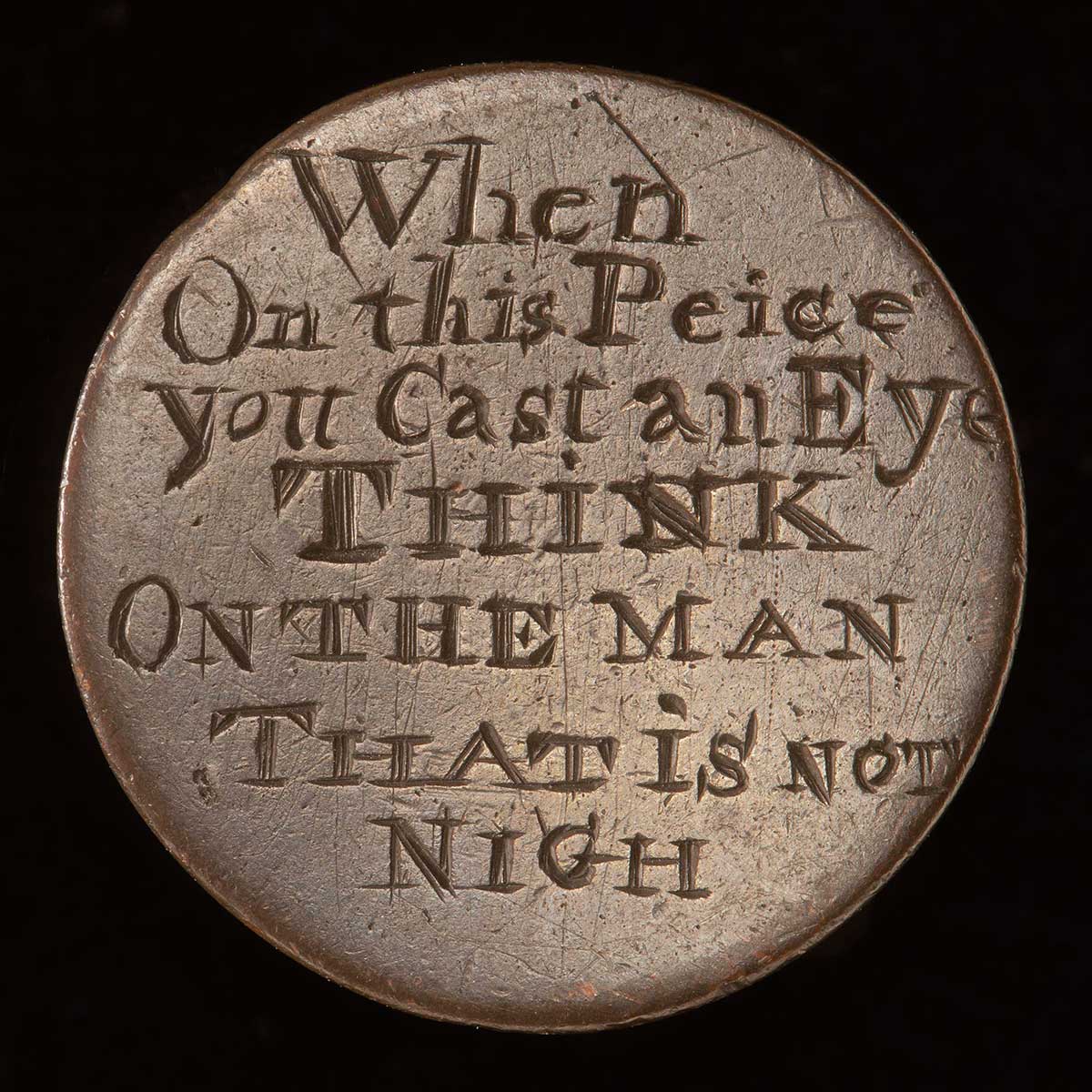
Why did some people oppose transportation?
By the 1830s many people in Australia wanted the transportation of convicts to end. Some believed it was wrong to transport people across the world and force them to work, especially when many had committed minor crimes. Others felt that convicts could be dangerous and were giving Australia a bad reputation as a place full of criminals.
In 1837 the British Government set up an inquiry into penal transportation. Sir William Molesworth, a Member of Parliament, was in charge of the inquiry. He concluded that transportation was unfair and did not stop people committing crimes. He said that transportation should be abolished. Transportation to New South Wales ended in 1840 and transportation to Van Diemen’s Land ended in 1853. But convicts were still being sent to the Swan River colony.

Why did Western Australia accept convicts?
In 1827 Captain James Stirling explored the area around the Swan River in Western Australia. He said that the region was green and would be good for farming. The first European settlers arrived at the Swan River in 1829. The settlers were disappointed to find that the soil was sandy and not good for growing European crops.
In the 1840s there was an economic depression in Australia. It affected all Australian colonies, but was especially difficult for the small Swan River colony. Some Swan River settlers argued that convicts should be sent to the colony because they could be used as free workers. In May 1849 Western Australia was turned into a penal colony. Convicts began to arrive in 1850 and they were used to build roads, bridges and important buildings.
Transportation to Western Australia finally ended in 1868. The last 279 convicts sent to Australia arrived at the port of Fremantle on the ship Hougoumont on 9 January 1868.
Read a longer version of this Defining Moment on the National Museum of Australia’s website.
Research task
About 162,000 convicts arrived in Australia between 1788 and 1868. Find out approximately how many were (a) men, (b) women and (c) Irish.
Research task
After convict transportation ended, some settlers looked for other sources of cheap workers. Where did they find them? Read this Defining Moment for some clues: 1863 ‘It was a form of slavery’ — First indentured Islander labourers
 What did you learn?
What did you learn?
1. How long was Australia ‘used by Britain as a prison’?
2. What were the main reasons people in Australia wanted transportation to end?
3. Transportation to New South Wales ended in 1840. Why did it take another 28 years for it to finally end in Australia?






